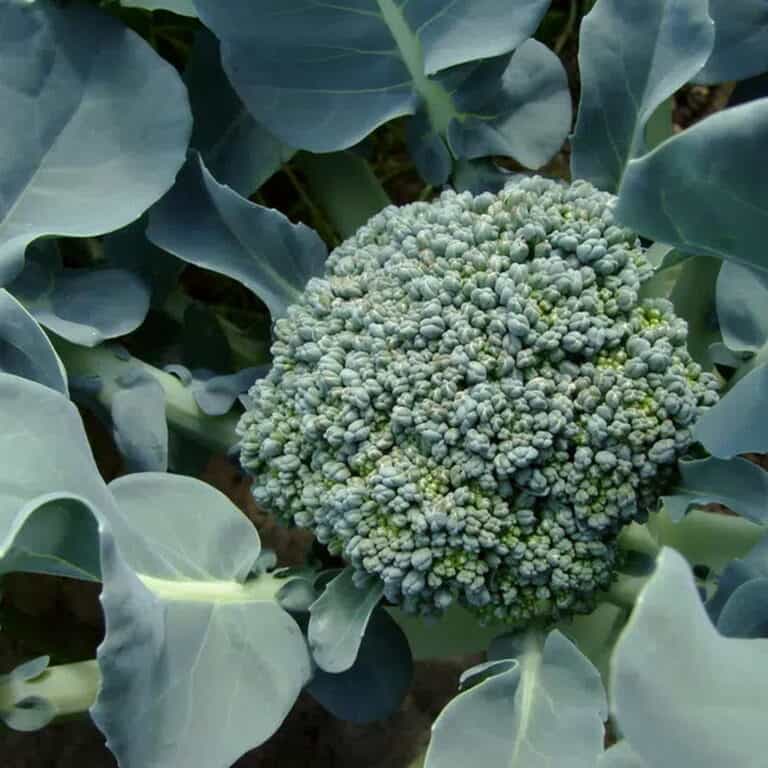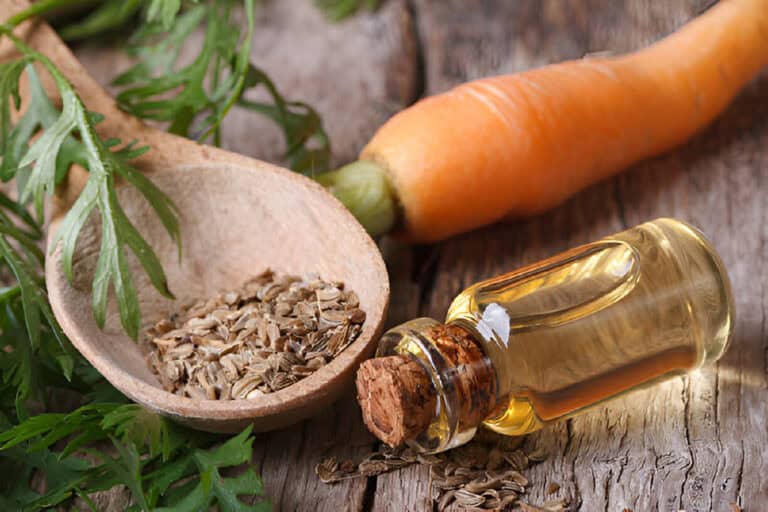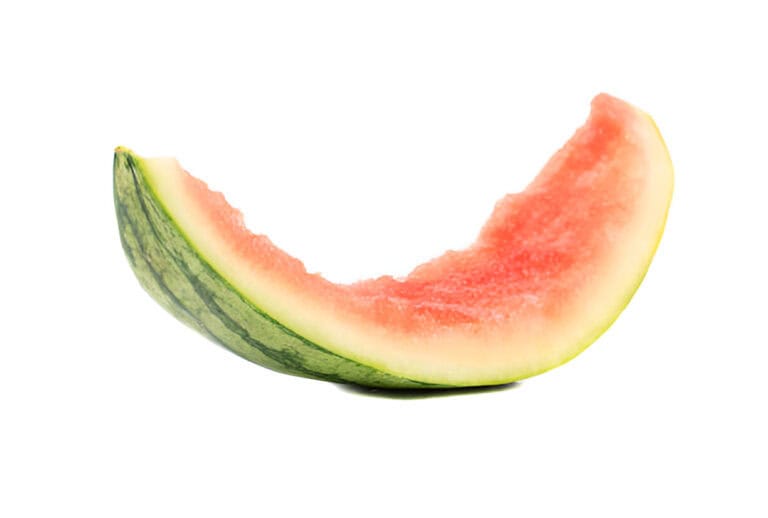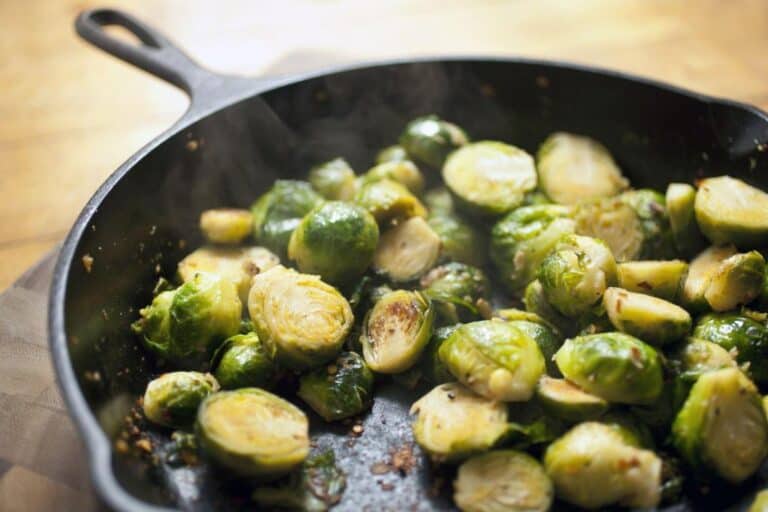The Best Soil Mix for Thriving Euphorbia Plants

Euphorbia plants, known for their diverse forms and striking foliage, are a fantastic addition to any garden or indoor space. These resilient plants thrive with the right care, but one of the most critical factors for their success is the soil they grow in.
Selecting the best soil mix can make all the difference in ensuring your Euphorbia plants stay healthy, vibrant, and full of life. But how do you choose the perfect soil mix for these unique plants? Should you opt for a standard potting mix, or is there a specialized blend that caters specifically to their needs?
This article will explore how to create the perfect soil for Euphorbia. We will cover the key components of a well-draining, nutrient-balanced mix. Whether you’re a seasoned gardener or a beginner, this guide will help you provide the best foundation for your Euphorbia plants to thrive.
Understanding Euphorbia Plants
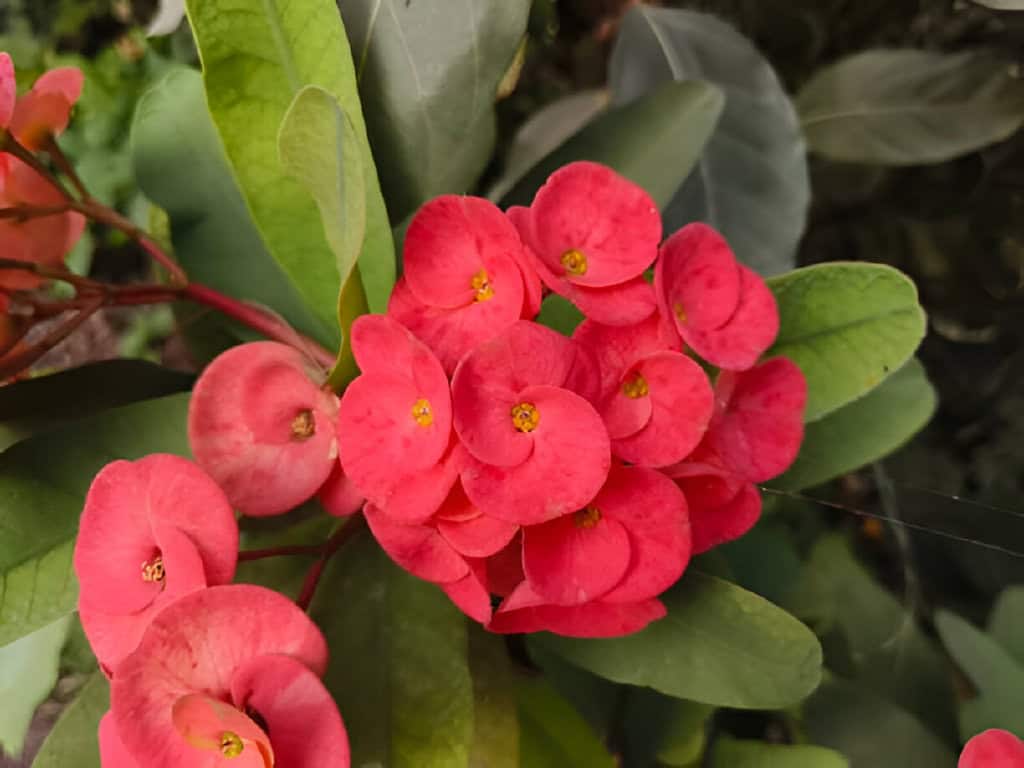
Euphorbia plants have striking forms and vibrant colors. They are a favorite among plant enthusiasts. These diverse plants, ranging from cacti-like succulents to leafy shrubs, add unique charm to any garden or indoor space. Their popularity stems from their distinctive appearance and relatively low maintenance requirements. However, to ensure these plants thrive, it’s crucial to select the right soil mix.
Euphorbia, a genus encompassing over 2,000 species, includes succulents, shrubs, and herbaceous plants. Popular varieties such as Euphorbia tirucalli (pencil cactus), Euphorbia milii (crown of thorns), and Euphorbia pulcherrima (poinsettia) each have unique soil requirements. However, they all share a preference for well-draining soil, which prevents root rot and supports healthy growth.
Characteristics of Ideal Euphorbia Soil
The best soil mix for Euphorbia plants should mimic their natural habitat. The correct soil mix is fundamental for the optimal growth of Euphorbia plants. Just like any other plant, Euphorbias have specific needs that must be met for them to flourish.
Proper soil provides nutrients. It also drains and aerates well. This prevents root rot and other issues. By knowing and applying the ideal soil conditions, you can enjoy healthy, vibrant Euphorbia plants year-round. Key characteristics include:
- Well-Draining: Prevents waterlogging and root rot.
- Aerated: Allows air to circulate around the roots.
- Nutrient-Rich: Provides essential nutrients for growth.
- Slightly Acidic to Neutral pH: Most Euphorbias prefer a pH between 6.0 and 7.0.
Recommended Soil Components for Euphorbia Plants
To create the ideal soil mix for Euphorbia plants, combine the following components:
1. Potting Soil
High-quality potting soil forms the base of the mix, offering essential nutrients and a balanced pH level. Look for potting soil labeled for succulents or cacti, as these are designed to promote drainage and aeration.
2. Perlite
Perlite is a lightweight volcanic glass that enhances soil drainage and aeration. It prevents the soil from compacting and retains moisture without becoming waterlogged. Typically, 20-30% perlite is recommended in the soil mix.
3. Sand
The coarse sand helps drainage. It also mimics the gritty texture of Euphorbia’s natural habitat. It prevents water from pooling around the roots. Adding 20-30% sand to the mix is ideal.
4. Pumice
Pumice is another excellent addition, similar to perlite but heavier. It improves drainage and prevents soil compaction. Adding 10-20% pumice ensures a well-balanced mix.
5. Organic Matter
Composted organic matter, or coconut coir, can be included to enhance soil fertility. These materials retain moisture and nutrients while maintaining a light, airy structure. Use sparingly, around 10-20% of the mix.
Customizing and Mixing the Soil
Creating the perfect Euphorbia soil mix involves combining the components in the right proportions. Here’s a suggested recipe:
| Component | Percentage | Measurement for 1 Gallon |
| Potting Soil | 40% | 2.5 cups |
| Perlite | 20% | 1.25 cups |
| Sand | 20% | 1.25 cups |
| Pumice | 10% | 0.75 cups |
| Organic Matter | 10% | 0.75 cups |
Mix these ingredients thoroughly to ensure even distribution. The resulting soil should be light, crumbly, and capable of draining water quickly.
Signs of Poor Soil Quality
Recognizing the signs of poor soil quality in your Euphorbia plants is essential to ensure their health and vitality. Struggling Euphorbia shows yellowing leaves, stunted growth, and wilting despite regular watering. These signs often point to issues such as poor drainage or nutrient deficiencies in the soil.
Addressing poor drainage is crucial for Euphorbia plants, which are prone to root rot if left in waterlogged conditions. To improve drainage, consider adding perlite, pumice, or coarse sand to your soil mix. These soil amendments help create air pockets, allowing excess water to escape and preventing the roots from sitting in moisture.
Nutrient deficiencies can also hinder the growth of Euphorbia. If you notice pale or discolored leaves, it’s likely your plant needs a boost in nutrients. Use a balanced, water-soluble fertilizer during the growing season to provide essential nutrients. Additionally, incorporating organic matter, like compost, can enhance soil fertility and structure.
Planting and Repotting Euphorbia
When planting or repotting Euphorbia, follow these steps to ensure success:
Planting
- Choose the Right Pot: Select a pot with drainage holes to prevent water accumulation.
- Prepare the Soil: Use the recommended soil mix to fill the pot, leaving space for the plant.
- Planting Depth: Place the Euphorbia at the same depth it was growing previously.
- Fill and Firm: Fill around the roots with soil, gently firming it down to eliminate air pockets.
- Watering: Water thoroughly, allowing excess water to drain out.
Repotting
- Frequency: Repot every 2-3 years or when the plant outgrows its pot.
- Remove the Plant: Gently remove the Euphorbia from its current pot.
- Loosen Roots: Carefully loosen the root ball to encourage new growth.
- New Pot: Place the plant in a slightly larger pot with fresh soil mix.
- Fill and Water: Fill in with soil, firm lightly, and water thoroughly.
Caring for Euphorbia Plants
Beyond the soil mix, proper care ensures Euphorbia plants thrive. Key care tips include:
Watering
- Frequency: Water when the top inch of soil is dry.
- Method: Water deeply, allowing excess to drain. Avoid letting the plant sit in water.
Light
- Indoors: Place in bright, indirect light. Some varieties can tolerate direct sunlight.
- Outdoors: Ensure partial to full sun, depending on the species.
Temperature
- Optimal Range: Euphorbia plants prefer temperatures between 60-80°F (15-27°C).
- Protection: Protect from frost and extreme heat.
Fertilizing
- Frequency: Fertilize during the growing season (spring and summer).
- Type: Use a balanced, water-soluble fertilizer diluted to half strength.
Pruning
- Health: Remove dead or damaged leaves and stems to promote healthy growth.
- Shape: Prune to maintain desired shape and size.
Common Issues and Solutions
Root Rot
Cause: Overwatering or poor drainage. Solution: Ensure well-draining soil, allow soil to dry between waterings, and use pots with drainage holes.
Pests
Common Pests: Mealybugs, spider mites, and aphids. Solution: Treat with insecticidal soap, neem oil, or remove pests manually.
Yellowing Leaves
Cause: Overwatering, underwatering, or poor light conditions. Solution: Adjust watering schedule and ensure proper lighting.
Leaf Drop
Cause: Sudden temperature changes or overwatering. Solution: Maintain consistent temperatures and allow soil to dry between waterings.
Conclusion
Creating the best soil mix for Euphorbia plants is essential for their health and growth. Mix potting soil, perlite, sand, pumice, and organic matter. This will create the ideal environment for your Euphorbia to thrive. Regular care will keep your plants vibrant and healthy. This includes proper watering, lighting, and occasional fertilizing.
With these tips, your Euphorbia plants will flourish, adding beauty and interest to your garden or indoor space.


